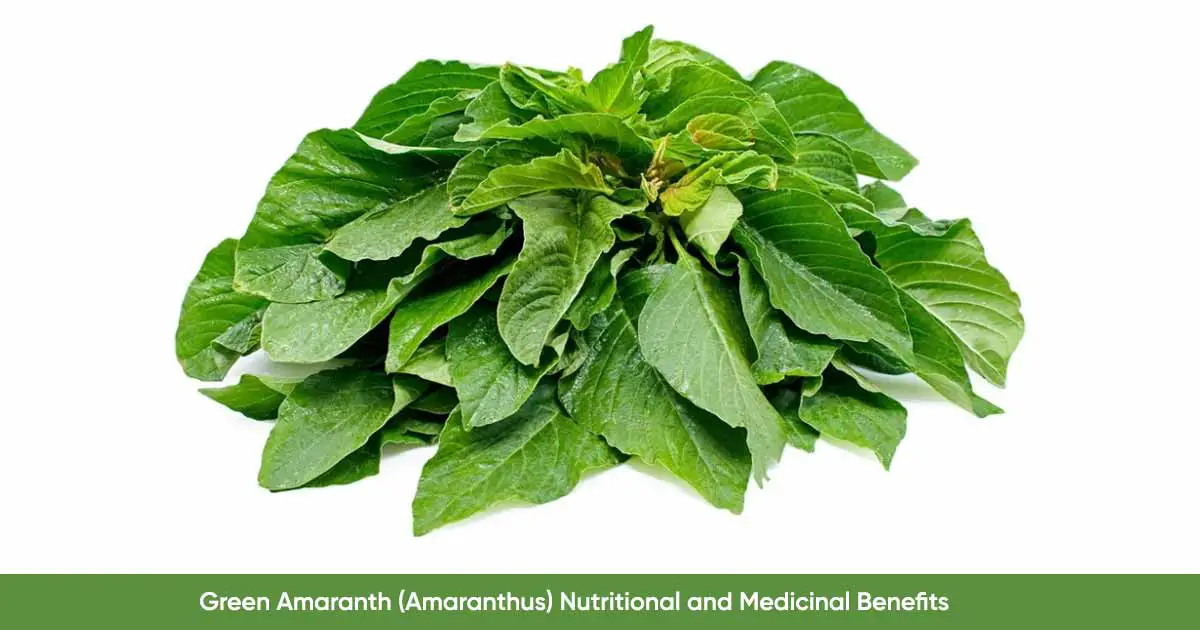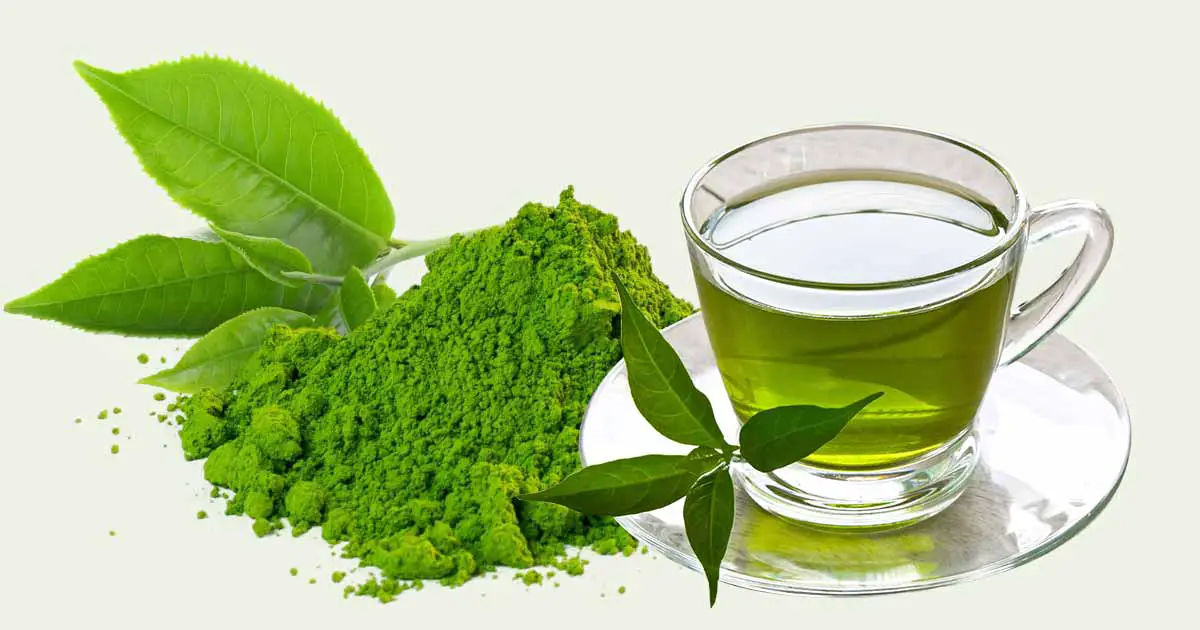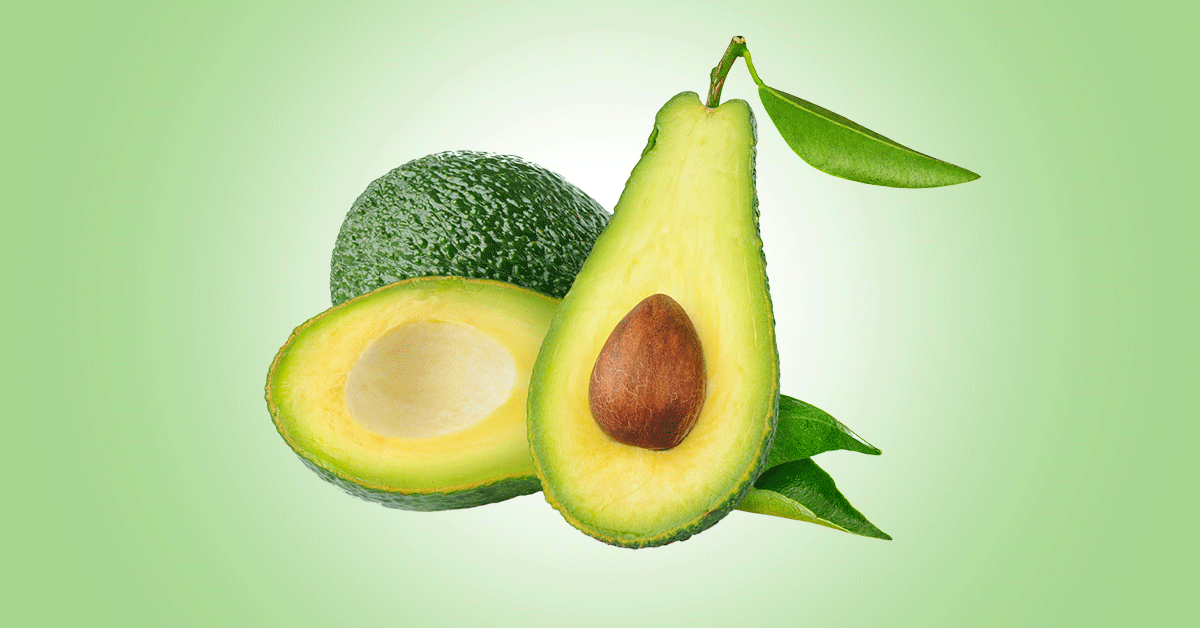Amaranth green, also called Pigweed/African Spinach, is a plant belonging to the Amaranthaceae family. The leafy vegetable is a rich source of calcium, iron, vitamins (A, B, C). It is also a source of high-protein grain (amaranth grain).
Amaranth greens which is called green in Nigeria, has other names in Nigeria such as Efo Tete in Yoruba and Inine in Igbo, Alefo in Ghana, callaloo in Jamaica. Other names include slender amaranth, green amaranth, Chinese spinach, green pigweed, Prince of Wales feather.
Green amaranth (Amaranthus viridis) is a short-lived perennial plant. It may have a green or red leaves, and branched flower stalks (or head) bearing small seeds that can vary from gold, pink, creamy or shiny black. The name comes from the Greek amarantos, meaning “one that does not wither,” or “the never-fading”, as the flower retains its color after harvest.
The plant can grow up to 2 m high. The flower bud is also edible when young, but not palatable when mature. The young leaves are mild, tender, slightly astringent when eaten raw, but the mature leaves, which are slightly fibrous, are mostly utilized.
Green amaranth can be eaten fresh, or cooked as stir fries, soups, gravies, curries, simmered dishes. The edible green amaranth is popular as a culinary vegetable in Jamaica, South-East Asia, and Africa as it has pleasant aroma, color, and taste. It also grows all-year long.
In traditional medicine, green amaranth is used to treat viral, bacterial infections, malaria, diabetes, and helminthic diseases and as snake bite antidote
Varieties of Amaranthus Green
Amaranth is native to America (Peru), but is now grown as a vegetable in Southeast Asia, Africa, and India. It thrives in most soil conditions.
There are as much as 60 varieties of amaranth green, but the important species are:
“Amaranthus tricolor”
Used for cooking as a leafy vegetable. It is fast-growing, but could be affected by water shortage, which causes early flowering and poor yield.
“Amaranthus hybridus”
Erect, green, and often reddish purple stem, long stalk, and alternate leaves. Leaves are used for cooking.
“Amaranthus viridis”
An erect plant with a green stem, or rarely purple. Slender and branched. Oval leaves are alternately arranged along the stem. The flower is small, green to reddish, while the single shiny seed is dark brown to black in color.
“Amaranthus blitum”
Less economic value but high yield. It can be small or tall and erect. The leaves are green, and rarely purple, while the stem is simple or branched.
“Amaranthus dubius”
Grown in large scale in Kenya. The plant can grow up to 150 cm, and has a slender to stout, branched, glabrous stem. It matures in 3 to 4 weeks.
Nutritional Composition of Amaranth Green Leaf
Amaranth green leaves (100 g) contains 91.7 g of water, 2.46 g of proteins, 1.5 g of ash, 4.02 g of carbohydrates, 0.33 g of fats, 2.2 g of dietary fiber, and 23 kcal of energy. There are also fatty acids and amino acids. The nutritional composition is similar to beets, Swiss chard and spinach.
Minerals: Potassium (611 mg), calcium (215 mg), magnesium (55 mg), phosphorus (50 mg), sodium (20 mg), iron (2.32 mg), zinc (0.9 mg), selenium (0.9 µg), manganese (0.885 mg), copper (0.162 mg).
Vitamins: Vitamin C (43.3 mg), niacin, riboflavin, thiamine, folate (85 µg), vitamin B-6, pantothenic acid, vitamin A (146 µg), vitamin K (1140 µg) – USDA.
Bioactive Compounds
Amaranth green contains bioactive compounds and pigments, such as carotenoids (lutein, β-carotene), chlorophylls, amaranthine, anthocyanins, betalains, betaxanthins, and betacyanins. There are natural antioxidant compounds, such as vitamin C, betacarotene, flavonoids, and phenolic acids.
Health Benefits of Amaranth Green Leaves
Fertility effect: Amaranth green contains high calcium content. Calcium is an essential mineral that boost the reproductive system, improves sperm motility and fertility. The vitamin B9 or folate content also helps to improve healthy sperm development. Antioxidant compounds also prevent the formation of free radicals.
Antioxidant effect: Beta carotene, flavonoids, vitamin C, vitamin A, betalains, and other phenolic compounds in the amaranth helps to scavenge free radicals in the body, and protect against cardiovascular diseases, cancers, neurodegenerative diseases, and infertility. Manganese and copper are also co-factors for superoxide dismutase, an antioxidant enzyme.
Improves bone health: With a high value of vitamin K, amaranth can help in strengthening the bone mass by improving osteoblastic activity in the bone cells.
Improves eyesight and vision: Beta carotene is converted to vitamin A, and works with other antioxidant compounds such as lutein, zeaxanthin, and β-carotene, to prevent free radical damage, and macular degeneration, a major cause of age related blindness.
High dietary fiber: With a high dietary fiber content in the leaves and stem, the plant can help in lowering cholesterol, risk of diabetes, colorectal cancer, and improves bowel movement by adding bulk to stool and hence prevent constipation.
Obesity and weight control: With high level of dietary fiber, low levels of calories, and no cholesterol, amaranth green is a good vegetable for those who wants to control their weight gain.
High iron content: A 100 g of amaranth green leaf supplies the body with the 29% DRI of iron. Iron is a trace element that helps the body to produce red blood cells.
Cardiovascular health:Amaranth green is rich in antioxidant compounds, magnesium, and potassium. Potassium helps to regulate heart rate and blood pressure, while antioxidants helps to scavenge the free radicals that cause oxidative stress, increasing the risk of cardiovascular diseases.
Magnesium also prevents stroke and heart diseases, while folate and pyridoxine reduces the amount of homocysteine, a hormone associated with an increased risk of heart disease.
Helps in diabetes: Dietary fiber also helps to improve insulin sensitivity and regulate postprandial sugar levels. Antioxidants also interfere with the process that leads to the formation of diabetes.
Importance in Pregnancy: Since amaranth green contains folate, calcium, and iron, it is a good vegetable for pregnant women as iron helps in transporting oxygen and nutrients to the fetus, while calcium helps in fetal growth and development.
Folate helps in red blood cell production, and also prevents birth defects related to the brain and spine.
May help to prevent cancer:
Vitamin A and carotenoids helps to prevent breast, cervical, skin, prostate cancers, and leukemia. Dietary fiber also prevents colorectal cancers. Minerals such as zinc, selenium, and folate helps to boost the health of the prostate area.
Drug Interaction
Amaranth green may interact with anti-coagulants such as “warfarin” due to the high vitamin K content.
Side Effects
Amaranth green leaves and seed contain anti-nutritional content, with high amount of oxalates, nitrates, and saponins. These anti-nutrients (phytates) affect how the body absorb some nutrients such as magnesium, calcium, and iron. Also, oxalates may crystallize as oxalate stones in the urinary tract in some individuals. Those with oxalate urinary tract stones should avoid amaranth green.
It is important to note that cooking the vegetable can also help to reduce the anti-nutrients significantly.
References:
- https://portal.wiktrop.org/species/show/23
- https://www.jica.go.jp/Resource/project/english/kenya/015/materials/c8h0vm0000f7o8cj-att/materials_01.pdf
- https://www.academia.edu/62069968/Functional_Attributes_of_Amaranth
- https://tibb.co.za/articles/benefits-of-the-Amaranth-plant.pdf
- https://www.ncbi.nlm.nih.gov/pmc/articles/PMC6987210/
- https://www.nutrition-and-you.com/amaranth-greens.html












